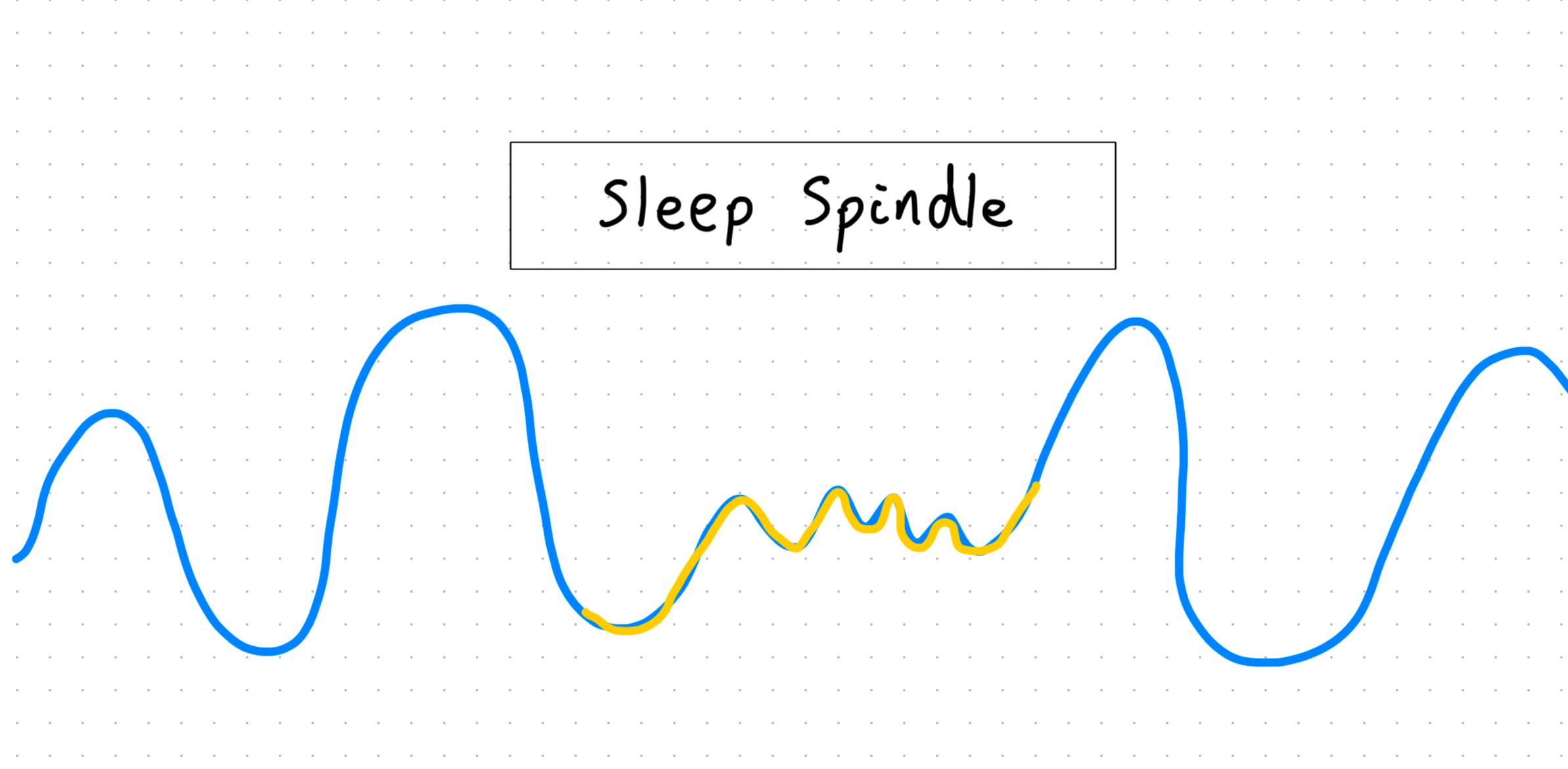Lecture 1 - Why We Sleep
Summary
In our introductory lecture, Dr. Baland Jalal begins our study of sleep and dreams by outlining the sequential stages of sleep and their distinct characteristics, from Stage 1 drowsiness to deep sleep and REM. He explores the neurological processes at each stage, including brain wave patterns and neurotransmitter activity, and highlights the vital roles of deep sleep and REM in memory consolidation, creativity, and physical restoration. The lecture concludes with a look at how sleep patterns evolve across the lifespan and the potentially fatal consequences of severe sleep deprivation.
The Critical Importance of Sleep
Michael Corke went six months without sleep. He couldn't function and was going mad. He died after two years. This shows how important sleep is. He died because he had a rare genetic disorder called Fatal familial insomnia where neurons in the Thalamus gradually die. The thalamus is like the sensory gatekeeper of the brain. If it stops working, you get flooded with sensory information. To be able to go to sleep, the thalamus needs to shut down to block sensory input.
Rats die after about 15 days of no sleep.
The Two Types of Sleep
You have two major types of sleep: REM sleep and non-REM sleep. This distinction was first discovered in the 1950s at the University of Chicago. Since then we've learned there are about 5 different stages during the sleep cycle.
Non-REM Sleep
As you fall asleep, your heart rate drops. Noradrenaline levels fall. Your core body temperature drops. The visual cortex of your brain stays on while the rest gets quiet.
As you go deeper into non-REM sleep, neurons fire in slow, synchronised waves like a calm ocean rhythm. You get these things called sleep spindles during deep sleep. They appear when the brain is transferring memories from the Hippocampus to the Cortex for long-term memory storage.

Deep sleep regenerates hormones, memory, and acts like the brain's nightly detox. Think of it like giving your brain a nightly wash. Your Glial cells shrink by 20% too. They do this to let cerebrospinal fluid flush out brain toxins.
Brain Function During Sleep
Brain Stem Regulation
Your brain stem regulates body temperature, breathing, heart rate, blood pressure, and digestion. Even a small stroke to the brain stem can cause death, whereas major injury higher up in the brain can be survived.
REM Sleep Neurochemistry
Neurochemicals in the brain can either be inhibitory or excitatory. During REM sleep, inhibitory neurotransmitters like GABA and glycine are released with excitatory ones like dopamine and glutamate. GABA and glycine are spit out down your neck and spinal chord. This is why movement stops during REM sleep. From the spinal chord they can access all other areas of the body and paralyse it. Your eyes still move because they're running on a different circuit. We're just not sure why they move.
REM sleep brain waves look the same as when you are awake. They can even be more active in certain parts of the brain, up to 30% more.
Sleep Cycles and Timing
Your cycles of sleep happen in 90-minute cycles. The first half of the night you have more deep sleep. You have more REM sleep in the second half of the night.
Functions of REM Sleep
REM sleep takes your experiences from the day, weaves it into a narrative, and helps you gain deeper meaning and insight from your lived experiences.
If you wake up in the middle of the night, you lose out of the early morning REM sleep. If you cut the early morning sleep, you are stealing the most REM sleep from yourself.
Evolutionary Perspective
One hypothesis is that deep sleep is prioritised first because that's what regenerates us physiologically. That's the part that would have been important for survival for most of human existence.
Sleep Across the Lifespan
Babies spend a lot of time in REM. Half of the 17 hours could be REM sleep. New connections are built in the brain during REM.
During your teenage years, deep sleep starts entering the scene more. It's there to trim excess neural connections from early development.